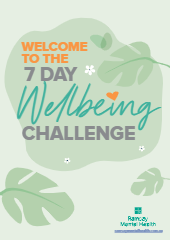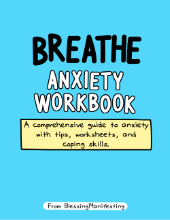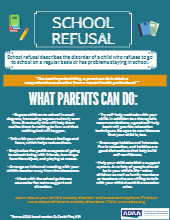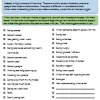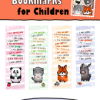
The “Self-Care Plan for Older Children” booklet provides valuable guidance for young individuals on maintaining and improving their mental health and well-being. It emphasizes the importance of self-care and offers a variety of self-care strategies across four categories: Physical, Emotional, Social, and Practical. Here’s a detailed description of this resource:
Introduction: The booklet begins by highlighting the connection between physical and mental health and acknowledges that everyone experiences periods of worry, stress, or low mood. It encourages young readers to explore self-care as a means to manage these challenging emotions and maintain good mental health.
Understanding Self-Care: Self-care is defined as the actions individuals can take to improve their mental health and overall well-being. It’s emphasized that there is no one-size-fits-all approach to self-care, and what works for one person may not work for another. The key is to find activities that one enjoys and that help them feel better.
Self-Care Strategies: The booklet offers an extensive list of self-care strategies, with over 90 options provided in the four categories:
-
Physical Activities: These include suggestions like eating a healthy diet, relaxation techniques, regular exercise, and practicing good personal hygiene. These activities promote physical well-being, which in turn can positively impact mental health.
-
Emotional Activities: Strategies in this category focus on managing emotions and include talking to friends, practicing self-kindness, reflecting on positive experiences, and seeking support from trusted individuals.
-
Social Activities: Social interactions play a significant role in mental health. Activities such as developing supportive friendships, participating in local youth groups, and talking to friends online or in person are highlighted as ways to boost mental well-being.
-
Practical Activities: Practical self-care activities encompass organizing one’s day, setting goals, learning new skills, and creating routines. These activities can provide structure and purpose to daily life.
Creating a Self-Care Plan: The booklet encourages readers to create a personalized self-care plan by choosing activities from the provided list and categorizing them based on their preferences. It stresses the importance of consistency and practice in implementing self-care strategies.
Identifying Worry Triggers: The resource prompts readers to identify the main sources of worry, stress, or anxiety in their lives. This self-awareness can help tailor self-care strategies to address specific challenges.
Seeking Help: While self-care is valuable, the booklet also emphasizes that it’s okay to ask for help when needed. It encourages readers to reach out to trusted adults or use available resources if they feel overwhelmed or require additional support.
Resource Links: The booklet provides information on where to seek further support, including Child and Adolescent Mental Health Services (CAMHS), online counseling services like Kooth and The Mix, and organizations such as Young Minds and Childline.
Useful Apps: Several mental health apps are suggested, including BlueIce for mood management, Worrinots for children to share their worries, Moshi for sleep and mindfulness, and Clear Fear for managing anxiety.
Conclusion: The “Self-Care Plan for Older Children” booklet serves as a comprehensive guide for young individuals seeking to improve their mental health and well-being. It empowers them with a wide range of self-care strategies across different categories and emphasizes the importance of seeking help when needed. This resource equips young readers with practical tools to navigate and cope with various emotional challenges they may encounter.
